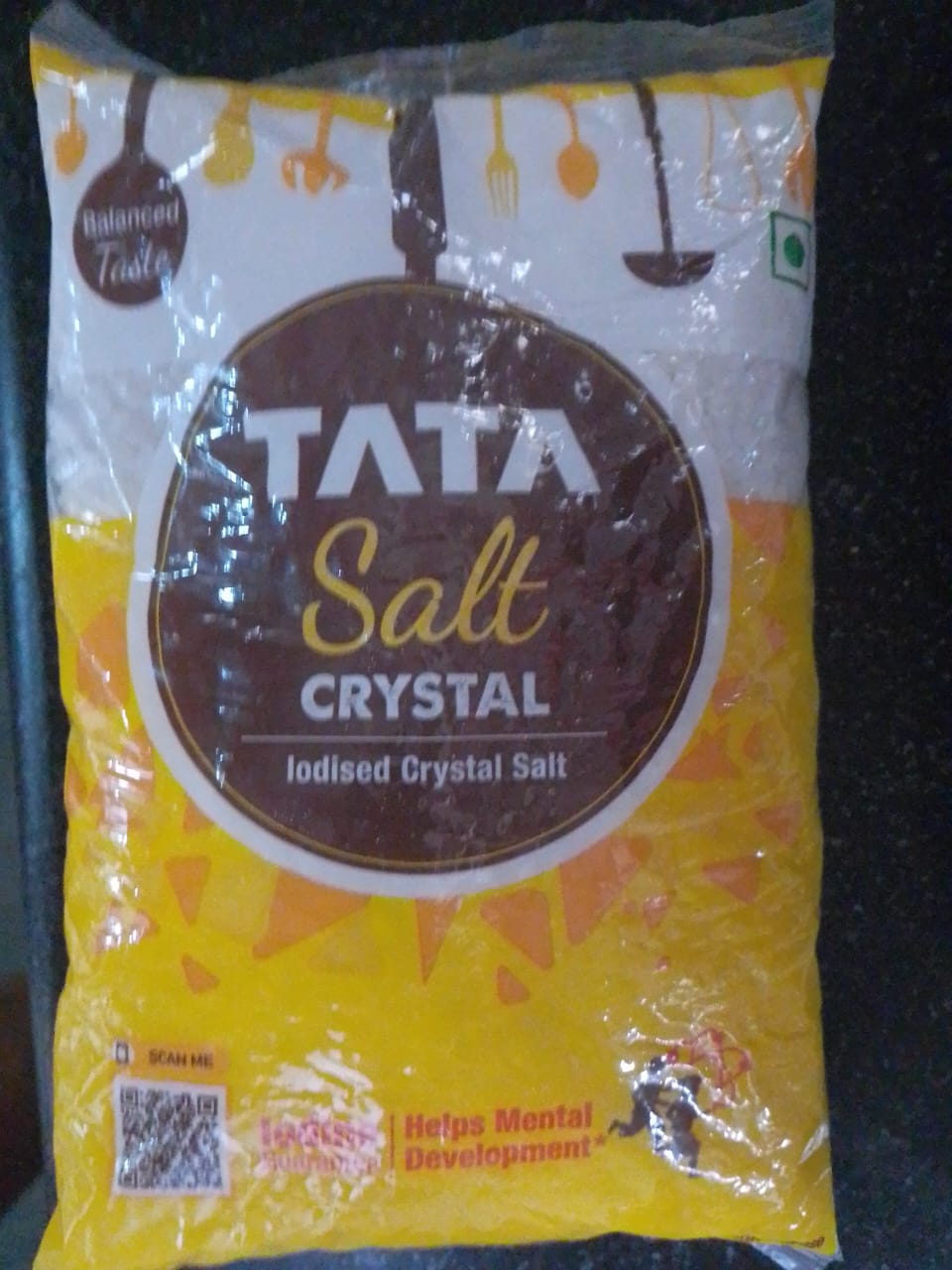Bengaluru, 03 February: According to our veteran Doctor who prefers to remain anonymous, Hyponatremia occurs when the concentration of sodium in your blood is abnormally low. Sodium is an electrolyte, and it helps regulate the amount of water that’s in and around your cells.
Due to drinking too much water: He says: One needs to drink enough water throughout the day In hyponatremia, one or more factors, ranging from an underlying medical condition to drinking too much water may cause the sodium in your body to become diluted. When this happens, your body’s water levels rise, and your cells begin to swell. This swelling can cause many health problems, from mild to life-threatening.
May have to cut down on your drink: Hyponatremia treatment is aimed at resolving the underlying condition. Depending on the cause of hyponatremia, you may simply need to cut back on how much you drink. In other cases of hyponatremia, you may need intravenous electrolyte solutions and medications.
Many possible conditions and lifestyle factors: A normal blood sodium level is between 135 and 145 milliequivalents per litre (mEq/L). Hyponatremia occurs when the sodium in the blood falls below 135 mEq/L. Many possible conditions and lifestyle factors can lead to hyponatremia.
What level of Sodium is dangerously low? According to him, the definition of a low sodium level is below 135 milliequivalents per litre (meq/l). One gets affected by severe hyponatremia when levels drop below 125 meq/l. At times, health issues due to extremely low sodium levels may also be fatal.
Indications of low levels: The usual signs and symptoms of Hyponatremia include the following factors:
Nausea and vomiting
Headache
Confusion
Loss of energy, drowsiness and fatigue
Restlessness and irritability
Muscle weakness, spasms or cramps
Grave symptom in cases of extreme exhaustion: He feels, Hyponatremia can cause, confusion and delirium. Often seen in delirious or semiconscious patients, carphologia describes the actions of picking or grasping at imaginary objects, as well as the patient’s own clothes or bed linens. This can be a grave symptom in cases of extreme exhaustion or approaching death.
What organ does low sodium affect? In acute hyponatremia, sodium levels drop rapidly ? resulting in potentially dangerous effects, such as rapid brain swelling, which can result in a coma and death. Premenopausal women appear to be at the greatest risk of hyponatremia-related brain damage, he informs.
Thirst and antidiuretic hormone release: The Doctor informs that two mechanisms serve to maintain the plasma sodium concentration in a narrow range in the healthy subject. They are thirst and antidiuretic hormone (arginine vasopressin) release. The sodium concentration is the chief determinant of plasma osmolality. With a rise in osmolality, antidiuretic hormone release and subsequently thirst are stimulated so that the organism conserves water by reducing urinary excretion of water to a minimum and seeks and drinks water to restore plasma osmolality to normal
Hypernatremia( high sodium): Only rarely does hypernatremia result from an excess of sodium. It is virtually always due to a deficit of water. Nevertheless, absolute sodium excess has occurred in infants given excessive salt in their formulas, and occasionally in patients who have been given large amounts of hypertonic sodium bicarbonate during resuscitation after cardiopulmonary arrest, he says.
The risk of hyponatremia:(low sodium): The following factors may increase the risk of hyponatremia(low sodium) like age. Older adults may have more contributing factors for hyponatremia, including age-related changes, taking certain medications and a greater likelihood of developing a chronic disease that alters the body’s sodium balance.
Certain drugs. Medications that increase the risk of hyponatremia include thiazide diuretics as well as some antidepressants and pain medications. In addition, the recreational drug Ecstasy has been linked to fatal cases of hyponatremia.
Conditions that decrease the body’s water excretion. Medical conditions that may increase the risk of hyponatremia include kidney disease, syndrome of inappropriate antidiuretic hormone (SIADH) and heart failure, among others.
Intensive physical activities. People who drink too much water while taking part in marathons, ultramarathons, triathlons and other long-distance, high-intensity activities are at an increased risk of hyponatremia.
May lead to profound neurologic disability: If hyponatremia is corrected to normal or near normal levels within a few hours, particularly when the hyponatremic state has been of several days duration, a syndrome characterized by profound neurologic disability may result. Manifestations range from mild weakness and behavioural changes to quadriplegia with the inability to swallow or speak. The morphologic change of note is the loss of myelin in certain areas of the central nervous system, particularly the pons, hence the name central pontine myelinolysis.
Certain drugs may lead to Hyponatremia: He warns that treatment with thiazide diuretics impairs the ability to excrete water. They should not be prescribed to compulsive water drinkers because symptomatic hyponatremia with coma or seizures can result. A similar sequence may be observed in elderly patients given thiazide diuretics or given hypotonic fluids in the postoperative period. Certain drugs may also impair water excretion and lead to hyponatremia:
Chlorpropamide
Clofibrate
Carbamazepine
Vincristine
Cyclophosphamide.
A normal blood sodium level is between 135 and 145 milliequivalents per litre (mEq/L).





